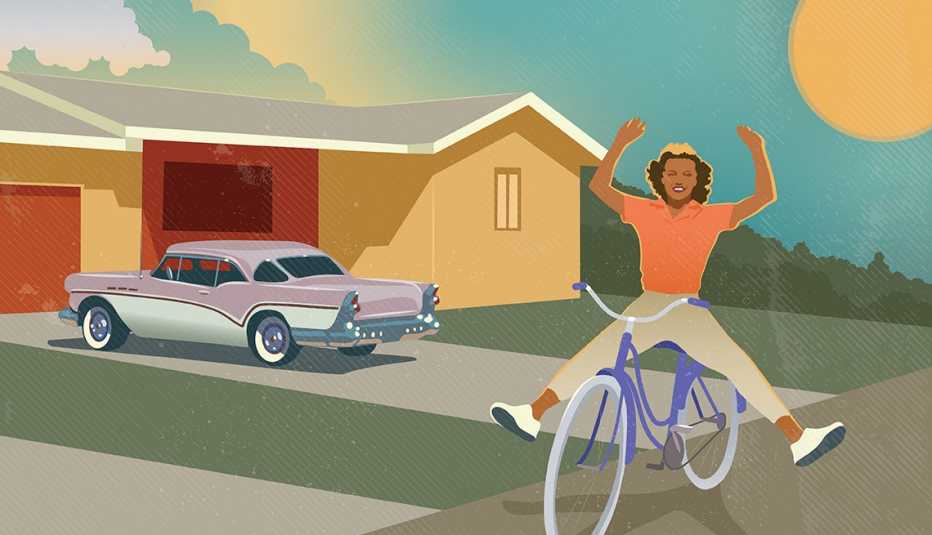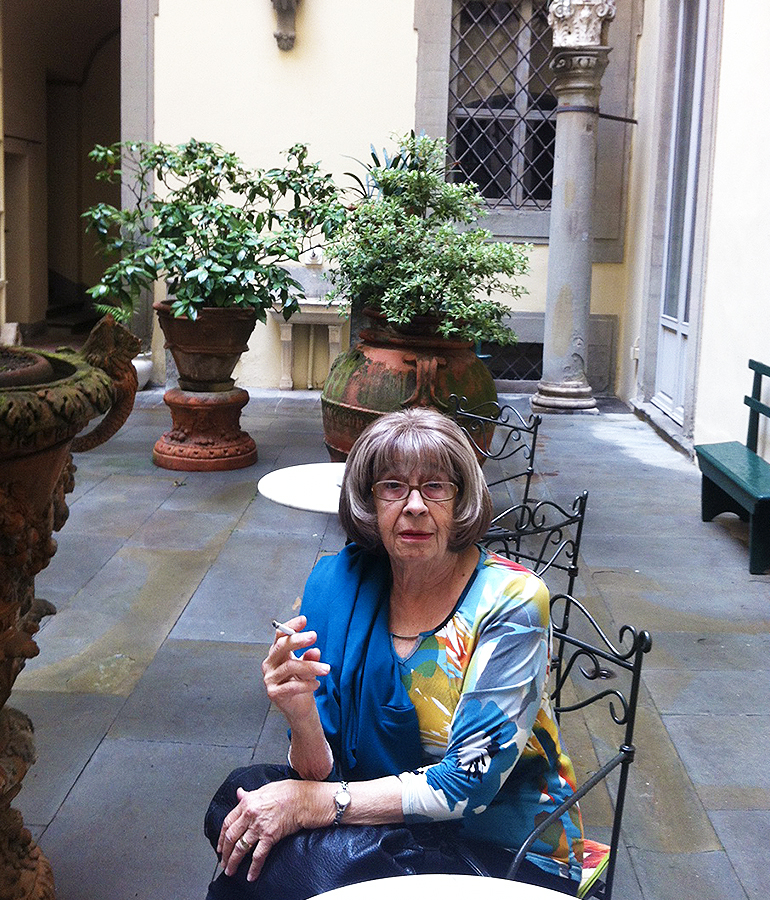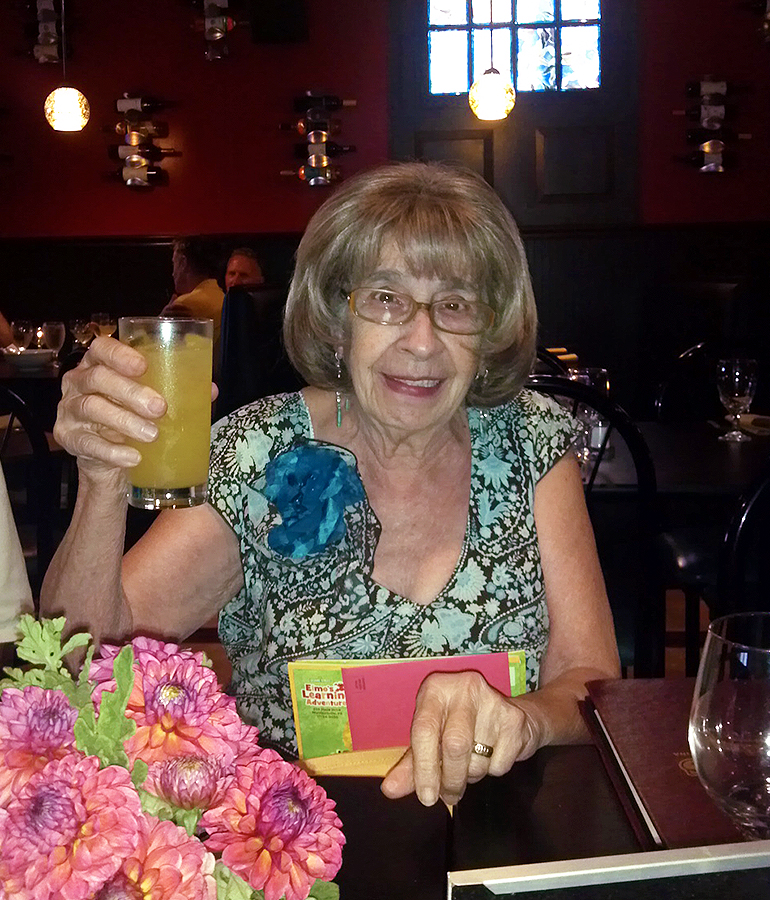AARP Hearing Center


My mother peers at me across the expanse of her first-class seat, a flute of champagne clutched in her hand and a bowl of warmed spiced nuts on the console between us. “First class isn’t what it used to be, I can tell you that,” Gogo says in her I’ve-smoked-two-packs-of-cigarettes-a-day-since-I-was-13 voice.
She flags the flight attendant for a bubbly refill, then sighs and shakes her head. “It used to be so nice,” she says.
“You seem to be enjoying yourself,” I point out.
Gogo shrugs and crams a fistful of nuts into her mouth.
We’re on our way to Italy or, as my mother says in her Rhode Island accent, It-ly. The old country. The place where, 70 years after her grandparents immigrated to the United States, she and my father returned to live for several years. In other words, Gogo loves It-ly. So when my Italian publisher invited me there for a book tour, I knew I had to bring Gogo with me. Three days in Milan, three days in Florence. We would eat and shop and soak up all things Italian together.
My mother, however, was a terrible traveler. She inspected cutlery, glasses, toilets and tubs for dirt and stains. She didn’t like strong flavors or seasonings. She didn’t like to be kept waiting. Traveling with Gogo was exhausting. But if the hotel was clean, the food mild and the waits short, she loved nothing more than being somewhere, anywhere, with me. My brother had died more than 30 years earlier; my father, 15 years later. Our family had been just the two of us ever since, and as I married and had kids of my own, any time we could spend alone together was precious for both of us.
The flight attendant places our pasta course on our linen-draped tray tables. I hold my breath as Gogo lifts a forkful to her red-lipsticked lips. The only red sauce she likes is her own. Her face scrunches up in disgust. “Too salty,” she announces, and pushes the dish away.
She is dressed in her travel clothes: camel skirt, cashmere sweater, brown kitten heels, with the matching purse tucked under the seat in front of her. Gogo always matches her shoes and her purse — always. Perched on top of her head is a perfectly coiffed auburn wig. Back at home she has four more, all of them styled differently and lined up on mannequin heads on her bureau.
“Remember how wonderful first class used to be?” she asks me dreamily, though I know she doesn’t expect an answer. “Remember how they used to carve the chateaubriand right there at your seat?”
She is referring to the first time she ever flew first class, back in 1979, when I worked as a TWA flight attendant and took her and my father to San Francisco for her 48th birthday. An image comes to me of my parents, not even middle-aged yet, dressed in their travel clothes and striding onto the plane, my father easily lifting their bags into the overhead compartment. Another image crowds out that one: my mother needing a wheelchair to get to the plane this time. When she asked me to request one, I balked. “You can walk to the gate,” I told her. “It’ll just be faster,” she said, patting my hand.
Now, I study her face. She doesn’t look 80, I decide; she looks 70, 75 tops. Now it’s my turn to pat her hand.
“Love you, Gogo,” I whisper.
A smile stretches across her face. “Don’t get all sentimental,” she rasps. “I’m not dead yet.”




































































More ‘Life’s a Journey’ Essays
Adult child suggests adventure — Mom goes along for the ride
Seeing your kids as adults means sometimes stepping back and letting them lead the wayAncestry Travel Makes Global History Real
Finding family roots in other parts of the world sheds light on a family’s American lives
Paris Reveals Unexpected Delights and New Perspective
Trip opened traveler’s eyes to another side of the city many never see